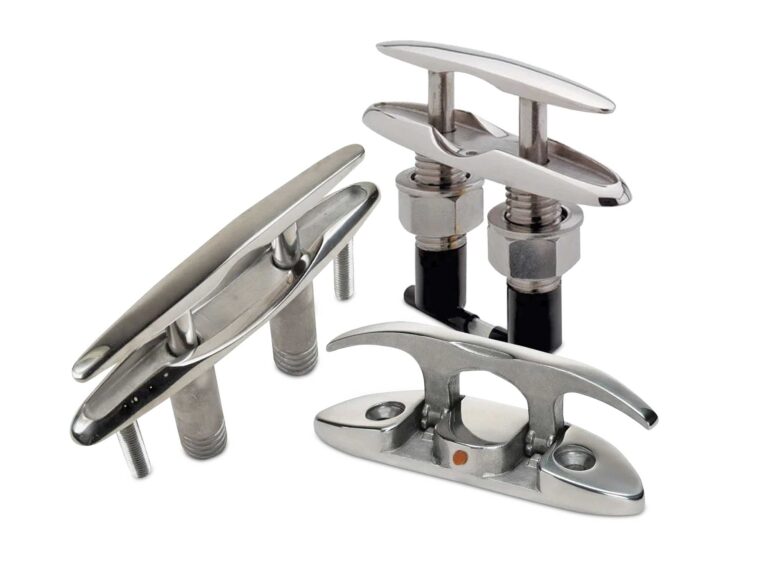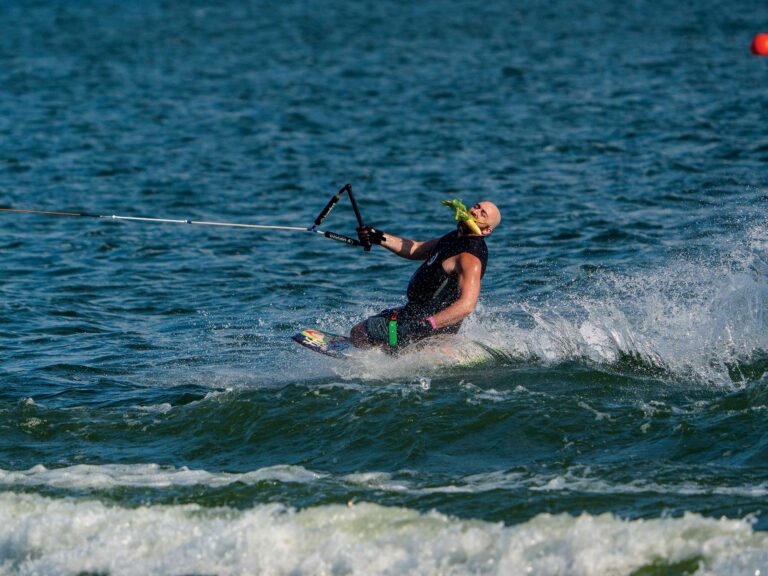Comfort, looks and price are starting points in boat shopping, but no purchase should even be considered before you complete these five sea-trial tests. We test boats for different reasons than a potential buyer would. Mostly, we want to see if a boat has any idiosyncrasies that might get a less-experienced operator into trouble. In other words, we do some of the things our fathers told us, “Don’t you ever do that!”
A prospective buyer should perform some of the same tests we do when taking a boat out for a sea trial:
Safety
This is a biggie. Most performance-safety issues concern turning. Conduct this test with no passengers and only after hooking up the red safety lanyard we call the kill switch. In open water, check to see that no other vessels are nearby. Sit down and brace yourself. With your engine trimmed for porpoise-free running at about 30 mph, crank the wheel hard over.
Does the boat power through the turn smoothly, or does the prop lose its “bite” or blow out, dumping speed? If the boat surges and bolts in this maneuver it’s a sign of a poor match among hull, drive system and prop.
Also, some straight inboard vessels can suffer from rudder stall, meaning when you turn the wheel hard over, the boat starts to turn and then just plows straight ahead. This usually means the rudder is poorly designed, and creates turbulence rather than channeling water.
Finally, idle forward, turn the wheel hard over, and then push the throttle to the wall. Some poorly designed boats lay over so far on their beam that water pours over the gunwales. Not good.
Low-Speed Control
Things you should be aware of include the following: In which direction does the stern swing on an inboard when in reverse? Most only back up one way. Can you change direction when powering in reverse? Even some stern-drives, when in reverse, lock into a turn and won’t alter direction until you remove the throttle. These factors aren’t cause to instantly reject a boat, but you should be aware of them.
Hull Integrity
This is no longer a common problem in American-made boats, but it’s worth a quick check. When out on your sea trial, look for a wave or create one. Then drive over the wave and listen for bulkheads squeaking when you land. After, look around for screws that might have popped loose.
Tracking Ease
Center the wheel at idle speed so the boat travels straight, and then take your hands off the wheel. Some boats simply cannot track straight, so you must constantly correct the yawing motion. These boats will become annoying real fast.
Systems Check
Ensure that every mechanism on the boat is operational. Does the bilge pump jettison water? Operate the stereo and the CD changer, and make sure all speakers are functioning. Check every gauge, running light and courtesy light. Flush the head, and run the fresh and raw water.
Written Documentation
Note anything not operating on paper, and insist that it be operational before closing the deal. It’s easier to get it fixed in the sales line than the service queue.









